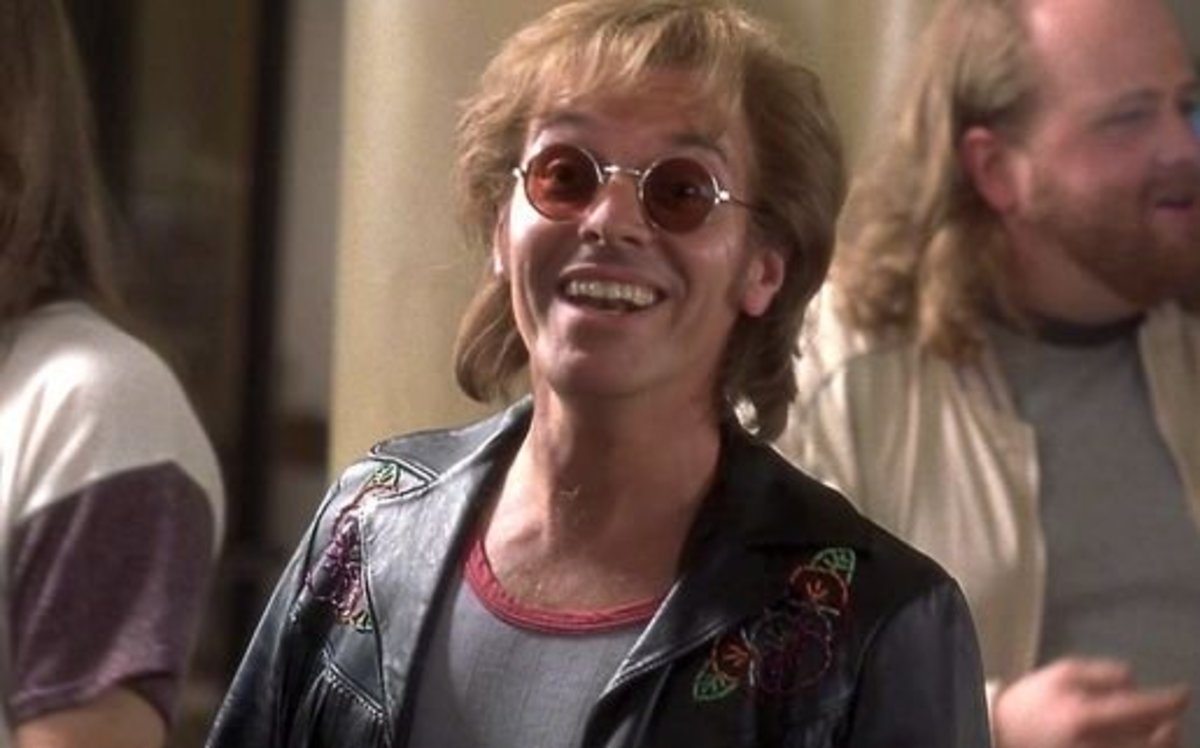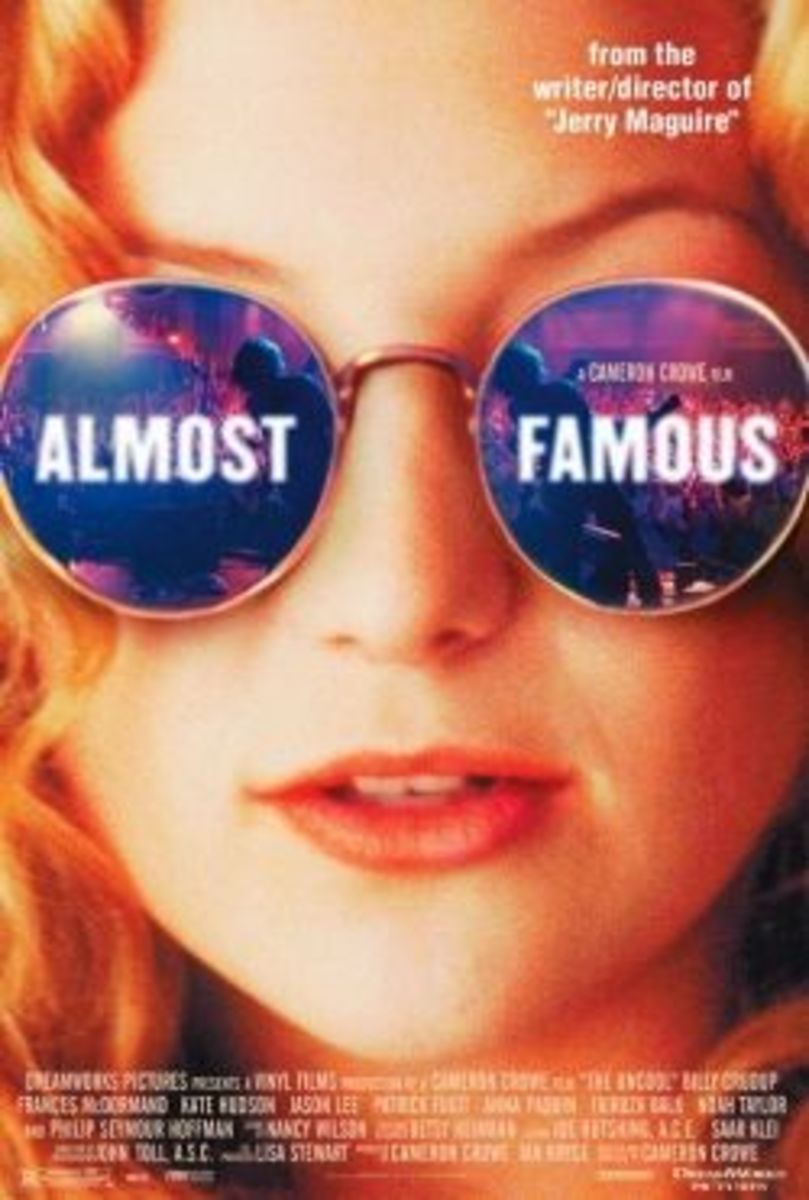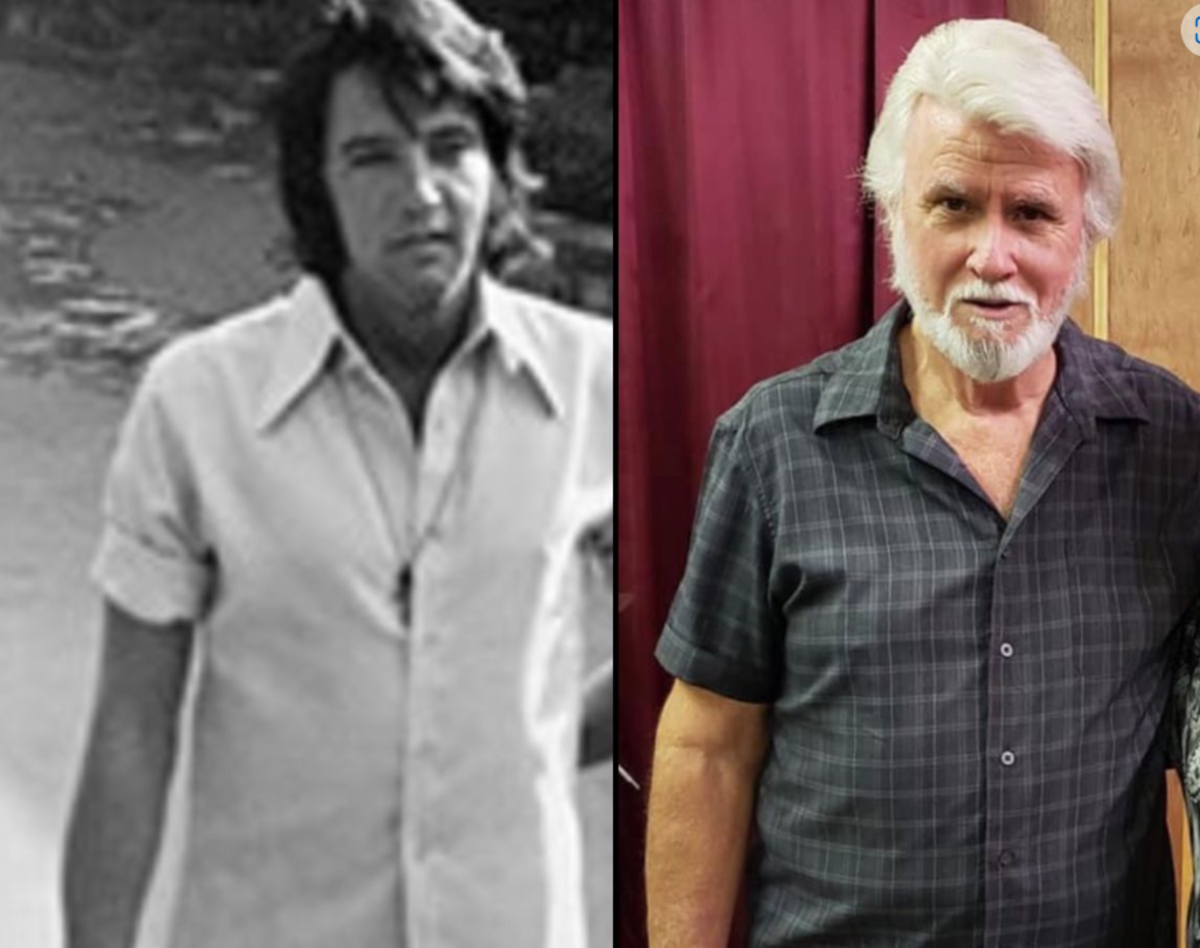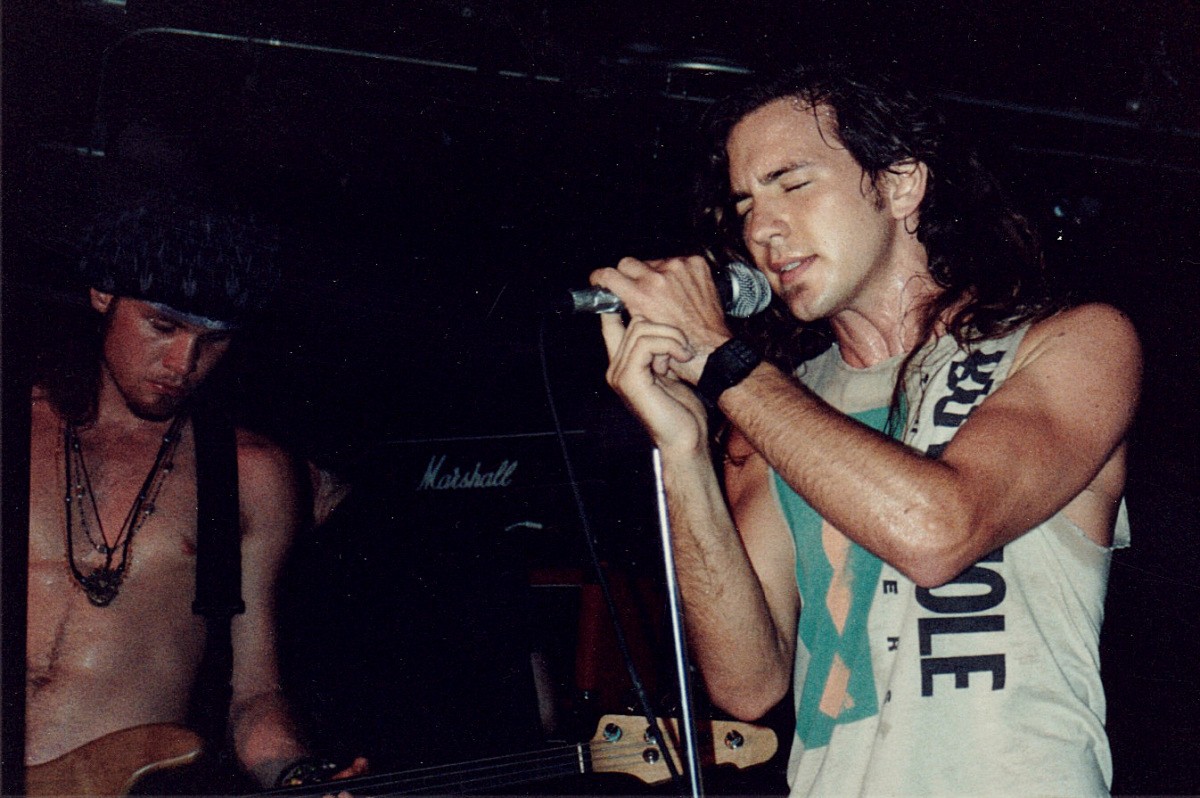Boss DS-2, Amazing and Almost Famous

All About The Almost Famous Boss DS-2
Though not quite as famous as it's older the brother, the Boss DS-1, the DS-2 is still well known for being a good, sturdy, versatile distortion pedal. Many guitarists have used this pedal, including Kurt Cobain of Nirvana (You can check out his rig here), Rivers Cuomo of Weezer, and Billie Joe Armstrong of Green Day(just to name a few).
Whether you're looking for an overview of the pedal, a comparison to the DS-1, or a short tutorial on how to use it, this is the lens for you.
Overview
The Basic Synopsis
This pedal is great. Not only do you get everything that the original DS-1 could do with turbo setting 1, but you can eliminate shrill highs, and get an all around more powerful distortion optimized for lead playing with turbo setting 2. You could also switch between the turbo settings using the optional foot switch available for purchase.
This pedal also has a lot of versatility, from a little bit of distortion, to a ton very easily. The tone knob also makes a significant difference in the pedal's sound as well as the distortion knob. With the tone knob set at about 9 O'clock, the sound is extremely bassy and quiet, but ground shaking at the same time. At about 12 O'clock, the sound is rather mid-filled, and comparable to a Marshall sound. With the tone knob set at about 6 O'clock, the sound is very trebly and light. Volume can also play a big difference, because the higher you set it, the more it sounds like overdrive(this change starts at around 3 O'clock).
Overview in 100 Seconds

Comparison
If you've ever used a Boss DS-1, you know that the distortion can be kind of weak and shrill, but you would use it anyway because of how it reflected your playing style. The pedal was also very versatile, and could go from little distortion, to a lot very easily. Or at least the original 80s DS-1 was like that, until Boss discontinued it. After it's reissue, it was never quite the same. That's because the reissue doesn't include a vital chip that the original DS-1 had.
So, while it may be tempting to go out and buy a DS-1 for $30, if you are looking for a really good distortion pedal, it is definitely a better idea to go with the DS-2. The DS-2 has more options for sounds, and can do everything the original could-and more! It has volume, tone, distortion, and turbo knobs. The turbo knob is for selecting 1 of the 2 "turbo" modes. Turbo one is modeled after the DS-1, while turbo 2 has a more powerful, sturdy distortion, ideal for playing lead. You can switch between the modes as well with an optional foot switch.
Check It Out Online
How To Use
The Mini Guide
Basics(Controls)
LEVEL sets the change in volume that occurs when you turn the pedal on. At 12 O'clock, there should be little difference in volume, turn it below 12 O'clock and the volume will become quieter upon activation. If you turn it above 12 O'clock, and the volume will become louder upon activation.
NOTICE: turn the level up to high and it will start to sound like overdrive
TONE controls the level of treble(highs) added to the distortion and the dry signal. At LO, there is little to no treble in the distortion. At HI, there is a large amount of treble in the distortion.
DIST(distortion) controls the level of distortion added to the dry signal. At MIN(minimum), the dry signal is almost unaltered by the pedal, creating little distortion. At MAX, the pedal produces a grind-y, sludgy distortion.
NOTICE: no matter how much distortion you include, the level and tone settings will still apply to the dry signal
TURBO controls which "turbo: mode is on when the pedal is activated. Turbo setting 1 is comparable to the DS-1, being dynamic and shrill, but still getting very good distortion. Ideal for rhythm playing. In turbo 1, the turbo circuits focus on reducing noise made by the pedal. In turbo 2, the distortion has a more powerful sound, and is less shrill. This is ideal for both rhythm and lead playing, as the distortion is powerful enough to support either. In turbo 2, the turbo circuits focus on creating powerful sounds, so there is a little bit more noise created on this setting.
There is a separate pedal that was created so that you can change between Turbo modes in the middle of a song(The FS-5L).
ActivationThis is rather obvious. To turn the pedal on, press down on the rubber pad the says "BOSS".
NOTICE: the pedal automatically turns on when you connect a cable to it. When setting up a signal chain, be sure to have your amp off, or it will make a rather loud noise when you add this pedal. Also, if you are not using this pedal for a long period of time, remove all cables from it. This saves battery life.
Replacing the BatteryTo replace the battery, simply turn the thumbscrew located at the lower end of the pedal, just below the pad that you place your foot on. This can be more easily done by pressing down on the pedal while unscrewing it.
NOTICE: be sure not to lose the thumb screw, and screw it back in after replacing the battery. It makes the pedal a lot more usable.
Settings
Common
Level 12 O'clock
Tone 12 O'clock
Dist 2 O'clock
Turbo 1
Light
Level 2 O'clock
Tone 1 O'clock
Dist 7 O'clock
Turbo 1
Sticky
Level 12 O'clock
Tone 12 O'clock
Dist 3 O'clock
Turbo 2
Overdrive
Level 2 O'clock
Tone 9 O'clock
Dist 9 O'clock
Turbo 2
Links - Places You Should Go
- DS-2
Boss's official page for the DS-2 - DS-1
Boss's official page for the DS-1 - The Boss Book on Google Books
The Boss Book shows when every pedal made by boss was made, and what led up to it, as well as what inspired Boss to make it.









